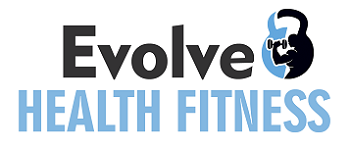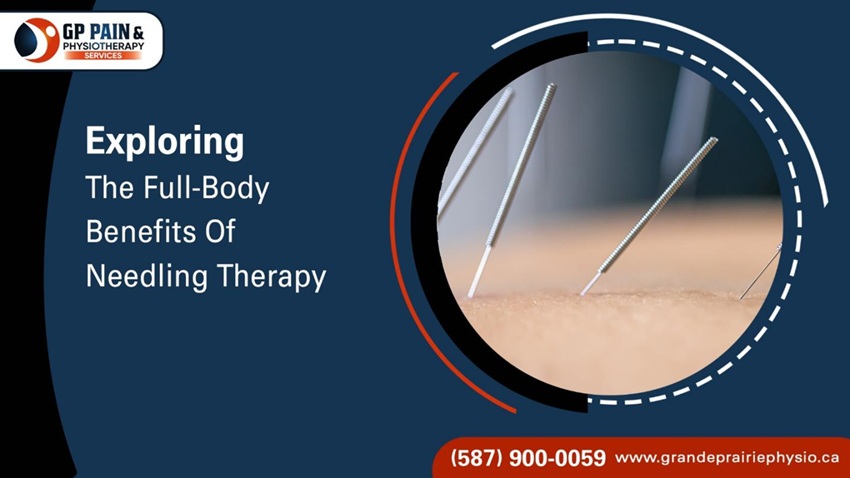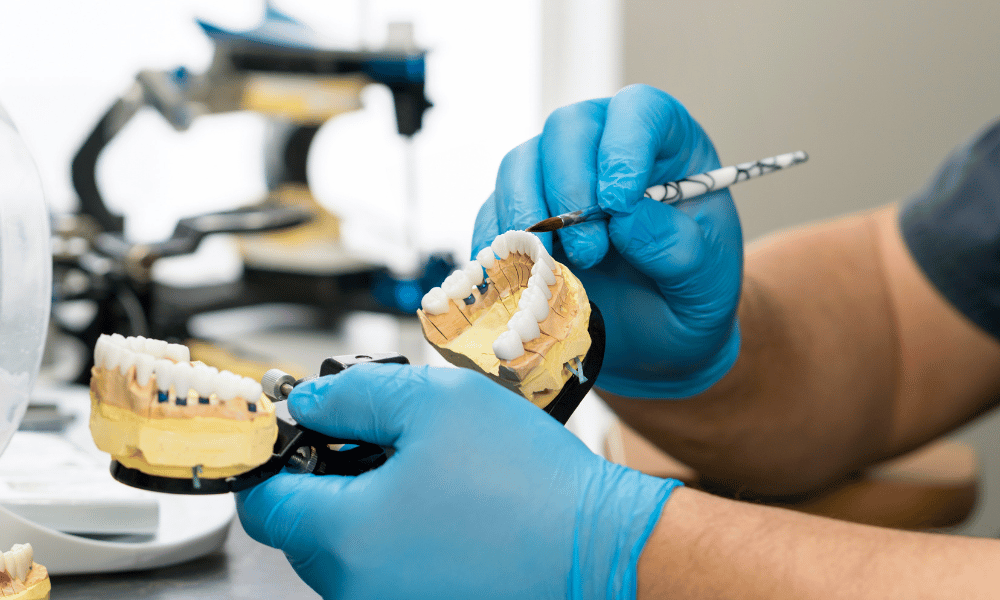Exploring The Full-Body Benefits Of Dry Needling Therapy
Dry needling is widely recognized for its role in targeting specific areas of muscle tension, but its impact goes beyond isolated relief. As a technique that involves inserting fine needles into trigger points, it can influence the body’s overall function and mobility. Often referred to as intramuscular stimulation (IMS), dry needling is used to release tight bands of muscle, restore balance, and support proper movement patterns.
For individuals seeking full-body support, this approach offers more than localized pain reduction. It may assist in improving alignment, reducing compensation patterns, and addressing chronic discomfort related to poor posture. Techniques such as dry needling for posture correction are frequently integrated into broader treatment plans to reset muscular imbalances. In many cases, Intramuscular Stimulation Therapy Grande Prairie is applied to relieve deep muscle tension, activate underused muscles, and promote better physical function across the entire body.
1. Releasing Widespread Muscle Tension
Multiple areas of muscular tightness can contribute to global movement restrictions, reduced flexibility, and fatigue. When these tight areas become chronic, they often involve deep trigger points that resist superficial manual techniques. Dry needling therapy allows targeted access to deep muscle layers, particularly in complex regions such as the suboccipitals, gluteals, or gastrocnemius. Needle insertion disrupts abnormal motor endplate activity, encourages local twitch responses, and improves oxygen delivery to poorly perfused areas. As a result, sustained contraction is reduced, and tension release can occur across interconnected muscle chains, easing strain from head to toe.
2. Improving Posture by Addressing Muscle Imbalances
Chronic postural issues often develop from dominant muscle groups overpowering weaker counterparts. For example, prolonged sitting may cause the hip flexors and thoracic extensors to become overactive, drawing the pelvis and upper spine out of alignment. Dry needling for posture targets these dominant muscles—such as the iliopsoas, upper trapezius, or pectoralis minor—reducing their resting tone. Once overactivity is managed, underused stabilizers like the lower trapezius, gluteus maximus, or deep neck flexors can be activated more efficiently. The result is a measurable improvement in postural alignment and endurance, reducing compensatory fatigue and biomechanical stress on joints.
3. Supporting Better Joint and Movement Mechanics
Limited joint range or altered mechanics are often the downstream effect of tight musculature interfering with natural motion. For instance, restricted thoracic rotation can affect shoulder function, or a tight piriformis can limit hip rotation and impact gait. Dry needling therapy addresses these muscle-based restrictions directly. By deactivating trigger points and improving tissue extensibility, this technique helps restore balanced muscular pull around the joint. The improved mobility then enhances joint tracking, reduces friction, and supports more efficient movement patterns in activities such as walking, reaching, lifting, or squatting.
4. Enhancing Neuromuscular Re-Education
Muscles that have been underactive for extended periods may not respond immediately to exercise due to inhibited neural drive. Trigger points and chronic tightness can contribute to poor muscle timing and delayed activation. When applied strategically, dry needling stimulates proprioceptive pathways and affects the neuromuscular junction, improving the brain-to-muscle connection. This is particularly relevant for muscles such as the gluteus medius, multifidus, or serratus anterior, which are commonly under-recruited in movement dysfunctions. When followed by corrective movement patterns, this approach improves recruitment efficiency and motor control throughout the kinetic chain.
5. Improving Functional Symmetry and Load Distribution
Muscular imbalances—such as a tighter right quadratus lumborum or a weaker left glute—can lead to asymmetrical loading during standing, walking, or athletic performance. These asymmetries place undue strain on certain joints, increasing the risk of overuse injuries. Dry needling helps restore functional symmetry by reducing the tone of overactive muscles and enhancing the activation potential of those underperforming. As balance between left and right sides improves, the body is better able to distribute force and absorb impact evenly, leading to improved efficiency in both basic movement and higher-level performance tasks.
6. Reducing Referred Pain and Associated Movement Restrictions
Myofascial trigger points can produce pain in regions distant from their origin, which often leads to misdiagnosis or treatment of the wrong area. For example, a trigger point in the infraspinatus may refer discomfort down the arm, or tension in the gluteus minimus may cause lateral leg pain. By targeting these active referral zones, dry needling not only reduces local muscle hyperactivity but also interrupts the pain referral patterns. As the referred discomfort subsides, movement becomes less guarded, and range of motion improves in both the source and target areas.
7. Restoring Autonomic Nervous System Balance
Chronic pain, persistent tension, and ongoing postural stress can shift the body into sympathetic overdrive, characterized by elevated stress hormones, shallow breathing, and disrupted sleep. Dry needling influences the autonomic nervous system by stimulating afferent fibers, which can lead to a reduction in sympathetic tone. This physiological response supports parasympathetic activation—encouraging relaxation, lowering physical tension, and supporting tissue recovery. When applied as part of a full-body treatment protocol, this systemic effect complements local muscular improvements and helps regulate bodily functions to enhance the healing process.
Releasing Tension, Restoring Function
Dry needling therapy offers a structured approach to managing muscle imbalances and improving overall movement. Whether used for posture correction or full-body tension relief, its benefits extend beyond local pain management. For those looking to explore the therapeutic effects of dry needling in Grande Prairie, personalized care is available at GP Pain Physiotherapy Grande Prairie. Our team integrates dry needling into broader physiotherapy plans tailored to individual needs. Book a consultation to experience how targeted treatment can support muscle function, mobility, and long-term recovery.




